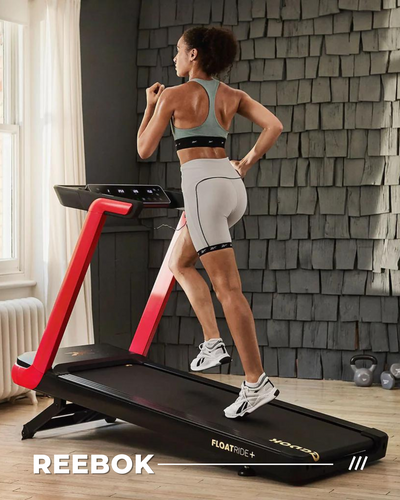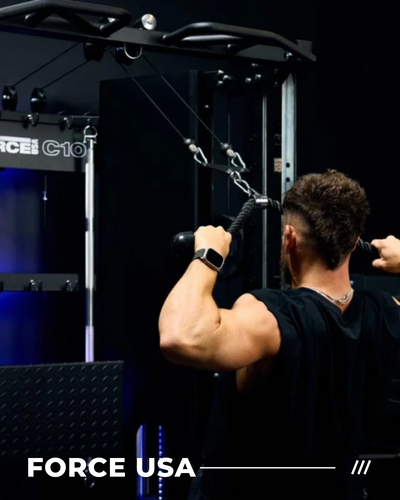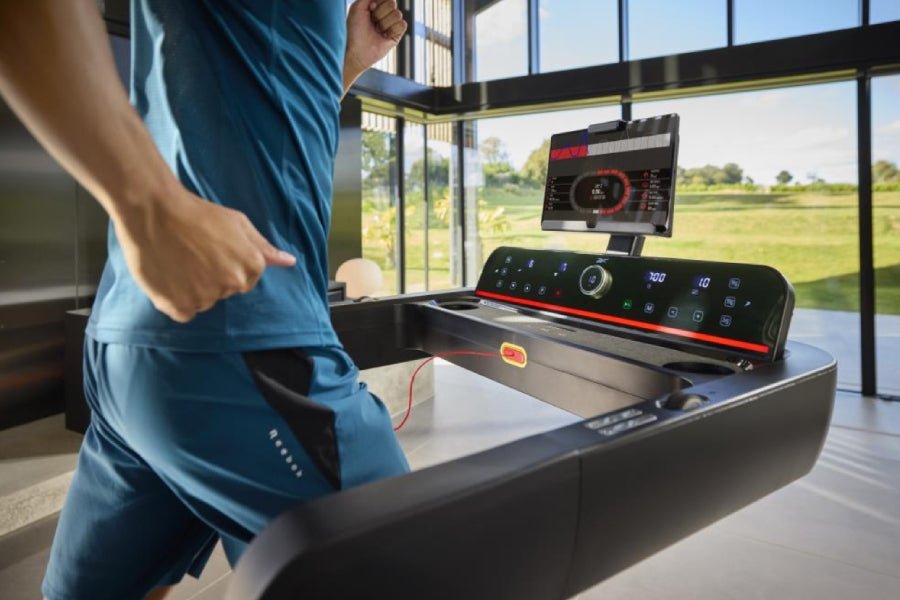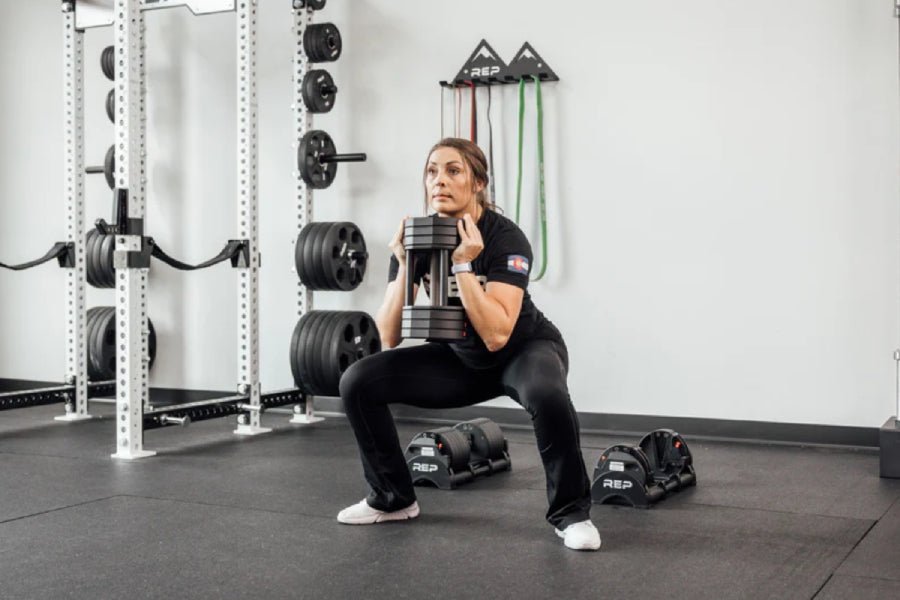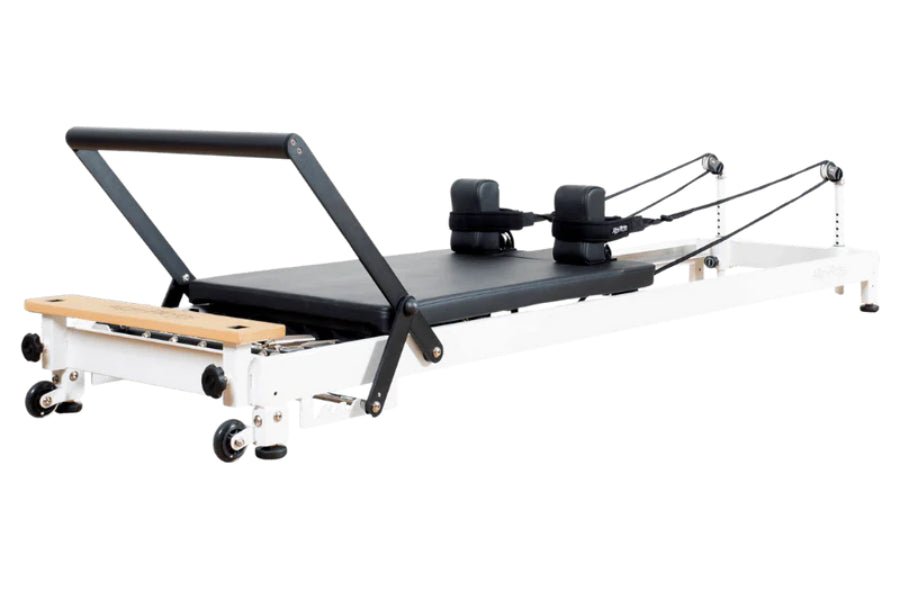4 Commonly Overlooked Muscle Groups in Home Workouts
GYMSPORTZ PTE LTD | 11 Aug 2025

Home workouts have become a staple in many fitness routines, offering flexibility, convenience, and an affordable alternative to gym memberships. From bodyweight exercises to home gym machines, there are endless ways to stay active indoors. However, while most people focus on major muscle groups like the chest, back, arms, and legs, there are some key areas that are often left out of regular routines. Neglecting these can lead to imbalances, reduced mobility, and even increased risk of injury over time.
To ensure a more balanced and effective workout plan, here are four muscle groups that deserve more attention in your home fitness regimen.
The neglected neck and upper traps
It’s easy to forget about the neck and upper trapezius muscles—until you start experiencing stiffness or tension from long hours sitting at a desk. While many focus on posture correction exercises for the back, the neck and traps play a huge role in supporting head movement and shoulder alignment. Weakness or neglect here can contribute to poor posture and even chronic tension headaches.
Simple additions like neck isometrics, shoulder shrugs, or resistance band trap raises can help. These exercises are especially beneficial when included at the end of a full-body session or as part of an active recovery routine. For those using cardio machines such as a treadmill, pairing your cardio sessions with a few neck and trap stretches post-workout can do wonders.
The undertrained forearms and grip strength
Forearms and grip strength tend to be an afterthought, especially in home workouts where there may be limited access to heavy free weights. But forearm conditioning is essential—not just for strength and aesthetics, but for improving performance in other lifts like deadlifts, rows, and even pull-ups. Stronger grip also supports better control in exercises involving resistance bands or suspension trainers.
Try adding wrist curls, reverse curls, and towel wringing exercises using simple household items or small weights. A grip trainer or hand gripper tool can also make a big difference when used consistently. If you're using adjustable dumbbells or leasing gym equipment for your space, look out for machines or attachments that challenge your grip directly.
The forgotten gluteus medius
Most people are familiar with glute bridges and squats for the gluteus maximus—the largest of the glute muscles. But the gluteus medius, a smaller muscle on the outer side of the hip, is just as important. It helps with hip stability, balance, and proper knee alignment. Weak glute medius muscles can lead to issues such as IT band syndrome or lower back pain, especially in runners and cyclists.
Home-friendly exercises to target this muscle include side-lying leg lifts, monster walks with resistance bands, and single-leg Romanian deadlifts. These can be performed with minimal equipment, making them perfect for small home gyms. Incorporating them into your warm-up or cool-down phase helps activate these muscles before tackling larger compound movements.
The overlooked tibialis anterior
The tibialis anterior is a long muscle located along the front of the shin. It plays a crucial role in dorsiflexion—the action of lifting the foot upwards. Despite its importance in walking, running, and balancing, it is rarely trained directly. Weakness in this muscle can lead to shin splints or ankle instability, especially for those doing a lot of cardio or high-impact workouts.
An easy way to engage the tibialis anterior is by performing toe raises while leaning against a wall or using a resistance band looped around the foot. These movements are particularly useful for those who do frequent treadmill runs or interval sprints at home, especially on a treadmill for home fitness.
Rebalancing your fitness routine
When it comes to home workouts, it's tempting to focus on the muscles we see in the mirror or those that get the most attention in online tutorials. But true strength and fitness come from balance—developing both major and minor muscle groups, improving mobility, and addressing any weaknesses before they become problems.
Revisiting your routine every few weeks can help you spot any areas you're neglecting. Whether you’re working with bodyweight routines, resistance bands, or compact home gym systems, there's always room to sneak in a few extra exercises that benefit your long-term health and movement quality.
Conclusion
Home workouts offer the freedom to personalise your fitness journey, but don't let that freedom lead to muscle imbalances. By paying attention to overlooked muscle groups like the neck, forearms, gluteus medius, and tibialis anterior, you'll move better, feel stronger, and reduce your risk of injury. To enhance your home gym setup with reliable and space-saving fitness solutions, explore the wide range of equipment and accessories available at Gymsportz.

